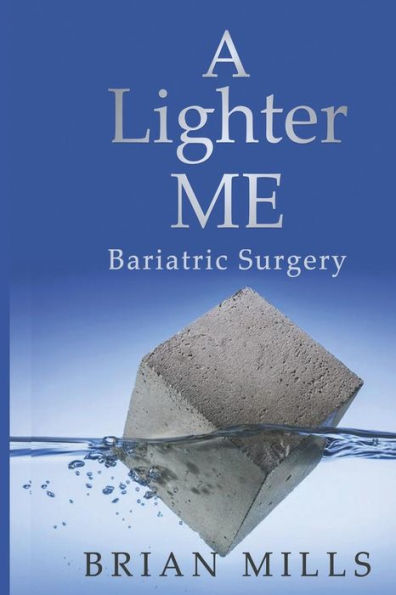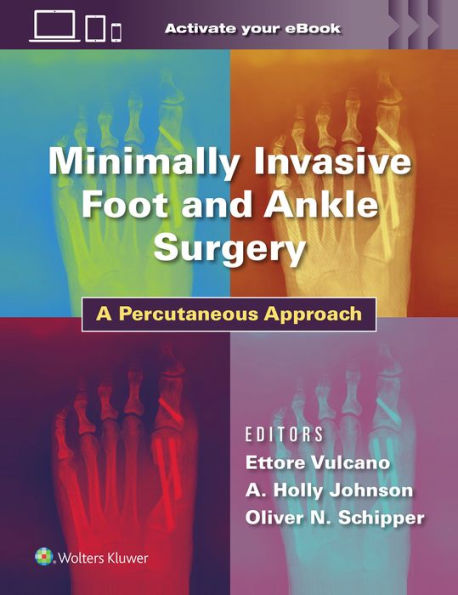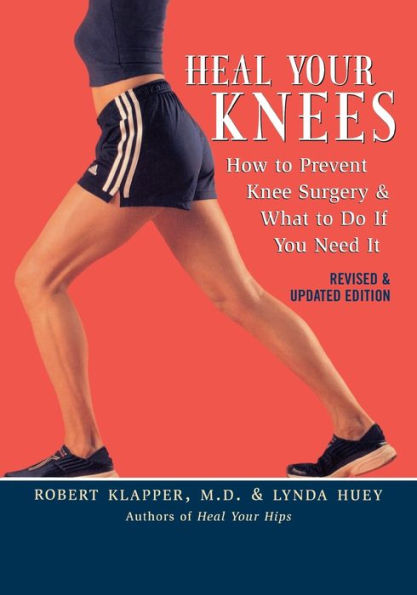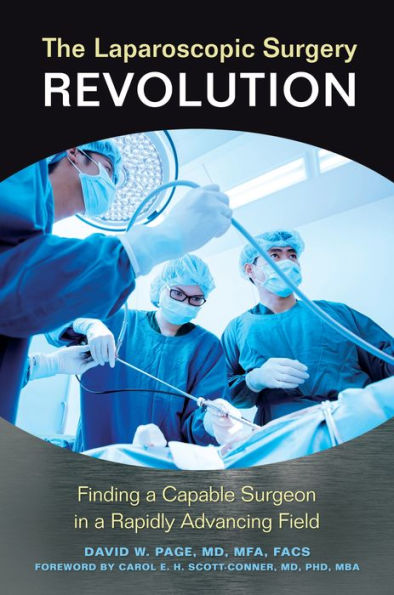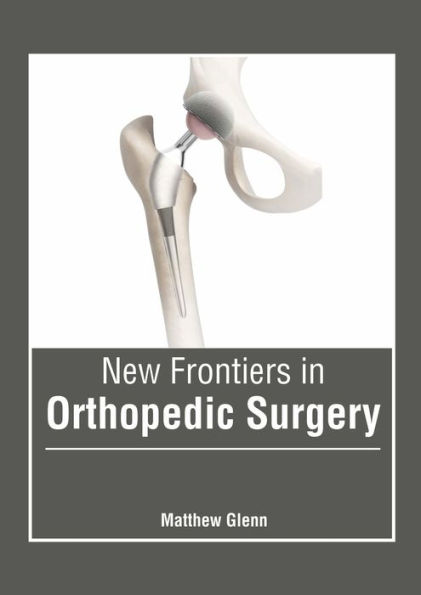Home
What Is Leg Lengthening Surgery And The Benefits Of Getting
Barnes and Noble
What Is Leg Lengthening Surgery And The Benefits Of Getting
Current price: $21.99
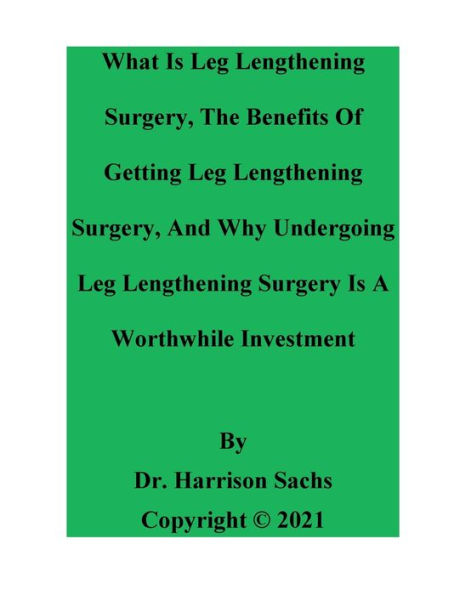

Barnes and Noble
What Is Leg Lengthening Surgery And The Benefits Of Getting
Current price: $21.99
Size: Paperback
Loading Inventory...
*Product information may vary - to confirm product availability, pricing, shipping and return information please contact Barnes and Noble
This essay sheds light on the what is leg lengthening surgery, demystifies the benefits of getting leg lengthening surgery, and explicates why leg lengthening surgery is a worthwhile investment. Leg lengthening surgery is a type of limb lengthening surgery that ultimately allows you to increase your height. Once the growth plates have fused, undergoing leg lengthening surgery is the only option for adults to avail themselves of in order be able to amplify their height. Leg lengthening surgery cannot only be undergone for the purpose of correcting uneven leg heights to close the height gap between height disparities in legs, but also can be undergo for the purpose of significantly amplifying the individual's height. Undergoing leg lengthening surgery is able "to stimulate bone growth in the legs" which thereby increases a person's height. As part of the leg lengthening surgical procedure, several surgeries are often performed not only on the legs, but also on "the tendons in the legs" in order to "stimulate bone growth". Undergoing leg lengthening surgery can render someone a maximum height of six to eight inches taller if they are willing to undergo leg lengthening surgery on the femurs and then undergo leg lengthening surgery on the tibias. Undergoing leg lengthening surgery is not without its inherit risks and adverse health complications. Undergoing leg lengthening surgery can induce "joint stiffness, soft tissue tightness, skin pain", and can also render someone at a heightened risk for succumbing to bone fractures. Additionally, undergoing leg lengthening surgery can render someone at a higher risk of contracting an infection. Furthermore, undergoing leg lengthening surgery can cause "broken bones, blood clots, swelling, blood vessel injuries, nerve injuries, scarring, and can induce complex regional pain syndrome". Moreover, additional adverse health complications can ensue from undergoing leg lengthening surgery if you adversely react to the anesthesia provided, if you damage the fixator, and if you experience delayed bone healing. Most people however staunchly believe that the benefits of amplifying their height preponderantly outweigh the risks involved with undergoing leg lengthening surgery. There are two disparate surgical approaches that surgeons can utilize to perform leg lengthening surgery. Both of these surgical approaches are ineffably painful to experience the brunt of first-hand. One surgical approach to perform leg lengthening surgery entails "applying pins and a frame outside the leg called an external fixator". The other surgical approach to perform leg lengthening surgery involves "inserting a an intramedullary nail into the bone. The intramedullary nail can be lengthened over time to support bone growth and elongation". Both of these aforementioned surgical approaches to perform leg lengthening can induce acute, insufferable pain for months on end. Undergoing leg lengthening surgery is not for the faint of heart. The typical surgical approach to perform leg lengthening surgery involves "cutting the bone in a key area, applying metal pins and screws in the bone, and attaching external metal devices to the pins. The 'fixators' are able help to pull the cut area of the bone apart in order to stimulate new bone growth. The success rate for limb-lengthening surgery is about 95%, according to the Hospital for Special Surgery". Fortunately, the probability of having leg lengthening surgery achieve the outcome of an amplification in the length of a person's legs is eminently high. After undergoing leg lengthening surgery a person will often acquiesce to undergoing physical therapy. Post undergoing leg lengthening surgery, the patient may need to perform physical therapy in order to be able "to improve his activity levels". Performing physical therapy can help patients to "maintain their strength and mobility". Furthermore, performing physical therapy can also help patients to "normalize their walking, prevent excess scar tissue building, and improve their range of motion". Moreover, performing physical therapy can also help patients to be able to better "manage pain and swelling". It can take months to recover from undergoing leg lengthening surgery. Unlike most types of surgeries, the leg lengthening process takes months and is not completed in mere hours. A person does not gain an additional 6"-8" of height in mere days. It is however possible for a person to be able to gain an additional 6"-8" of height in less than a year if they are amenable to undergo leg lengthening surgery on the femurs and then undergo leg lengthening surgery on the tibias. After undergoing leg lengthening surgery, the excruciating pain experienced by the patient does not immediately subside. Certain patients may even need to "wear splints and braces" post receiving leg lengthening surgery.

